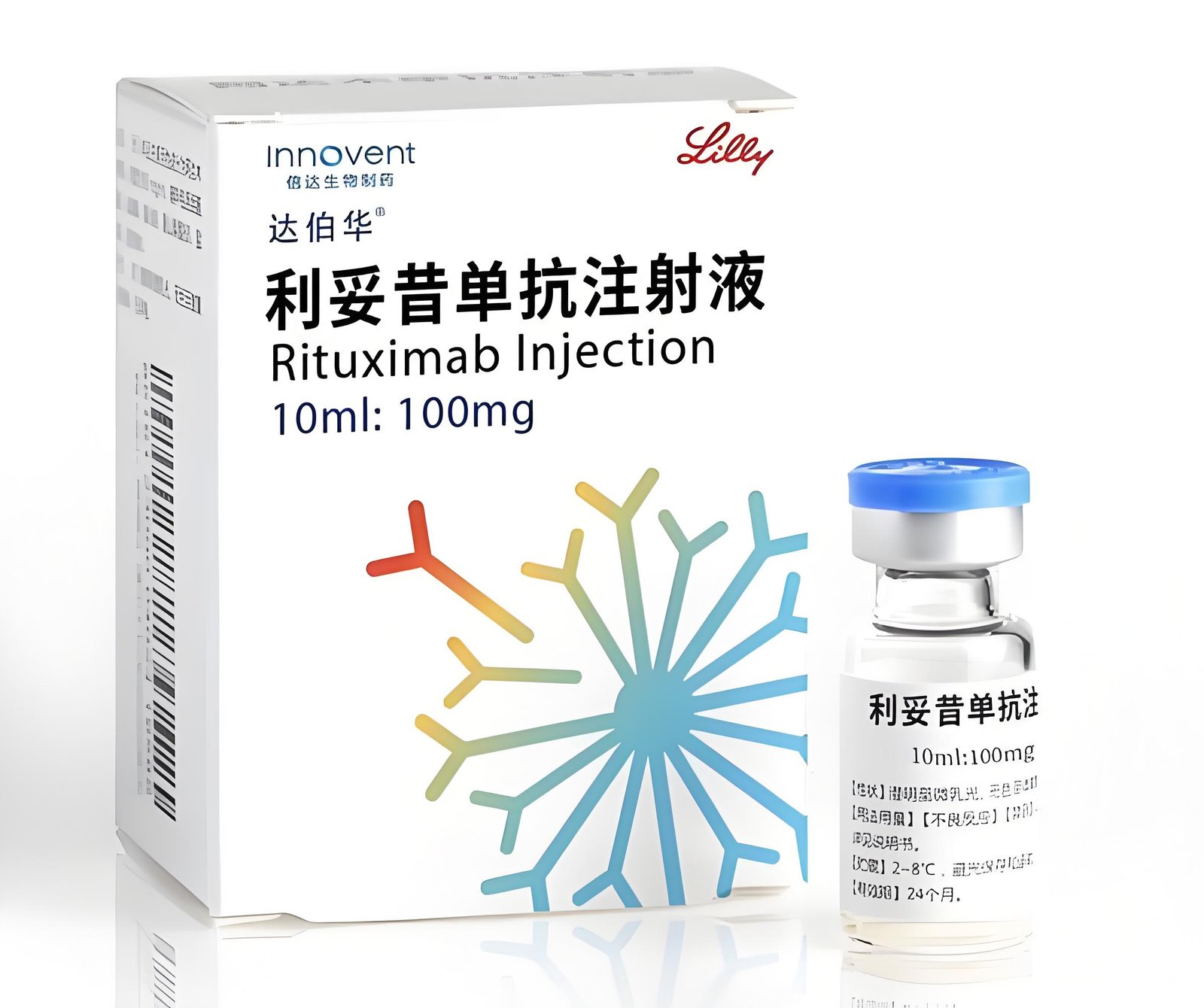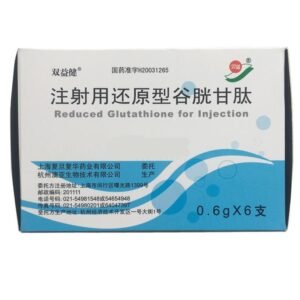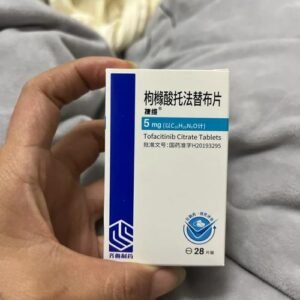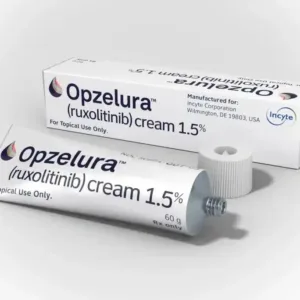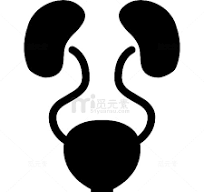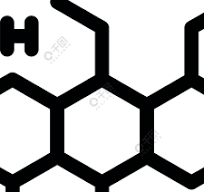Rituximab injection(利妥昔单抗)
Indications
This product is indicated for:
The treatment of relapsed or resistant follicular central lymphoma (B-cell non-Hodgkin’s lymphoma of International Working Classification B, C and D subtypes).
Previously untreated CD20-positive stage III-IV follicular non-Hodgkin’s lymphoma patients should be treated in combination with standard CVP chemotherapy (cyclophosphamide, vincristine and prednisone) for 8 cycles.
CD20-positive diffuse large B-cell non-Hodgkin’s lymphoma (DLBCL) should be treated in combination with standard CHOP chemotherapy (cyclophosphamide, doxorubicin, vincristine, prednisone) for 8 cycles.
Specifications
100 mg/10 ml; 500 mg/50 ml.
Dosage and Administration
Usage and Instructions
Draw the required dose of rituximab under aseptic conditions, place it in a sterile, non-pyrogenic infusion bag containing 0.9% saline or 5% glucose solution, and dilute it to a rituximab concentration of 1 mg/ml. Gently invert the injection bag to mix the solution and avoid foaming. Since this product does not contain antimicrobial preservatives or antibacterial agents, aseptic technique must be checked. Before intravenous use, the injection solution should be observed for particles or discoloration.
Rituximab is diluted and intravenously infused through an independent infusion tube that is not mixed with other drugs. It is suitable for the treatment of ambulatory patients.
Rituximab treatment should be carried out in a ward with complete resuscitation equipment and under the direct supervision of an experienced oncologist or hematologist. Patients with respiratory symptoms or hypotension should be monitored for at least 24 hours. Each patient should be closely monitored to monitor whether cytokine release syndrome occurs (see [Precautions]). Patients with severe reactions, especially those with severe dyspnea, bronchospasm and hypoxemia, should be stopped immediately. Patients should also be evaluated for the presence of tumor lysis syndrome, for example by appropriate laboratory tests. Patients with pre-existing pulmonary insufficiency or tumor lung infiltration must undergo a chest X-ray. Infusion can only be resumed after all symptoms disappear and laboratory tests return to normal, and the infusion rate should not exceed half of the original infusion rate. If the same severe adverse reaction occurs again, discontinuation of the drug should be considered.
Rituximab should never be administered intravenously without dilution, and the prepared injection solution should not be used for intravenous push.
Follicular non-Hodgkin’s lymphoma
Antipyretic analgesics (such as paracetamol) and antihistamines (such as diphenhydramine) should be used before each infusion of rituximab. Glucocorticoids should also be used beforehand, especially if the treatment regimen used does not include corticosteroids.
Initial treatment
As a monotherapy for adult patients, the recommended dose is 375 mg/m2 BSA (body surface area) intravenously once a week for a total of 4 doses within a 22-day course.
When combined with CVP chemotherapy, the recommended dose of rituximab is 375 mg/m2 BSA for 8 consecutive cycles (21 days/cycle). Oral corticosteroids are taken first each time and then on the first day of the chemotherapy cycle.
Re-treatment after relapse
For patients who relapse after the first treatment, the retreatment dose is 375 mg/m2 BSA, intravenously infused once a week for 4 weeks (see [Clinical Trials], once a week for 4 consecutive weeks).
Diffuse large B-cell non-Hodgkin’s lymphoma
Antipyretics (such as paracetamol) and antihistamines (such as diphenhydramine) should be used before each infusion of rituximab. Glucocorticoids should also be used beforehand, especially if the treatment regimen used does not include corticosteroids.
Rituximab should be used in combination with CHOP chemotherapy. The recommended dose is 375 mg/m2 BSA, which is used on the first day of each chemotherapy cycle. The other components of chemotherapy should be used after rituximab.
Initial infusion
The recommended initial infusion rate is 50 mg/h; after the first 60 minutes, it can be increased by 50 mg/h every 30 minutes to a maximum rate of 400 mg/h.
Subsequent infusions
The initial infusion rate of rituximab can be 100 mg/h, and increased by 100 mg/h every 30 minutes to a maximum rate of 400 mg/h.
Dose adjustment during treatment
Rituximab dose reduction is not recommended. When rituximab is used in combination with standard chemotherapy, the dose of standard chemotherapy drugs can be reduced.
Strictly follow the doctor’s instructions
Share:
Products
Our offers
Health Classification
Let us work together to protect precious health

